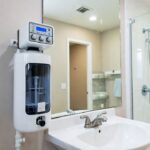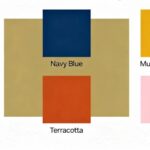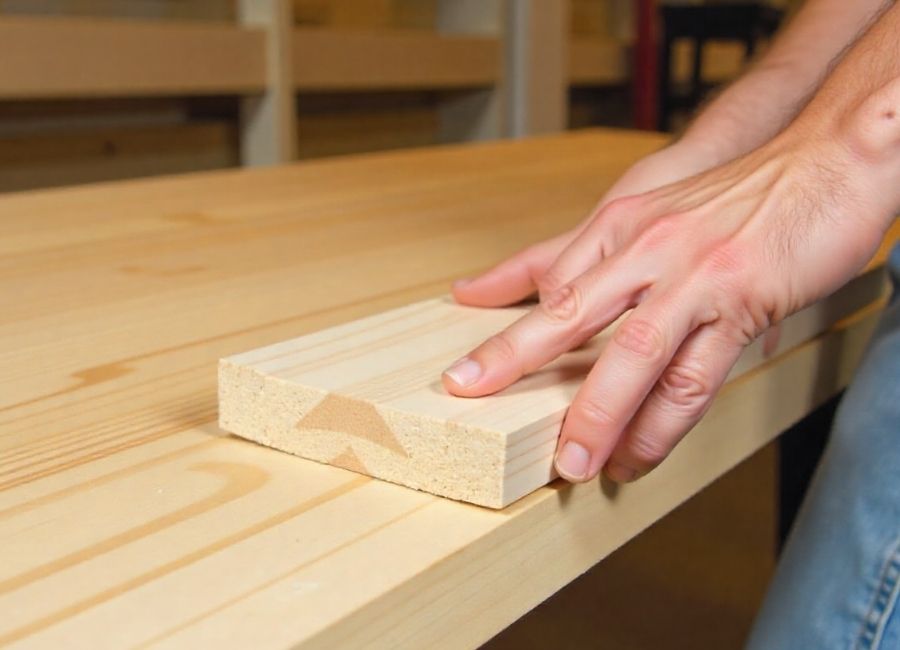When you visit a lumberyard, it can seem like a whole new world with its own set of terms. If words like “linear foot” and “board foot” are confusing, you’re in good company. Knowing how wood is measured and priced is important for any woodworking project, so you get the right amount of material and avoid spending too much.
This guide will demystify the standard units of measurement for wood. We’ll explain the difference between a square foot, a linear foot, and a board foot, and show you exactly how to calculate each one. By the end, you’ll be able to walk into any lumberyard with confidence, knowing you can calculate your needs and pay the right price.
Understanding Square Footage
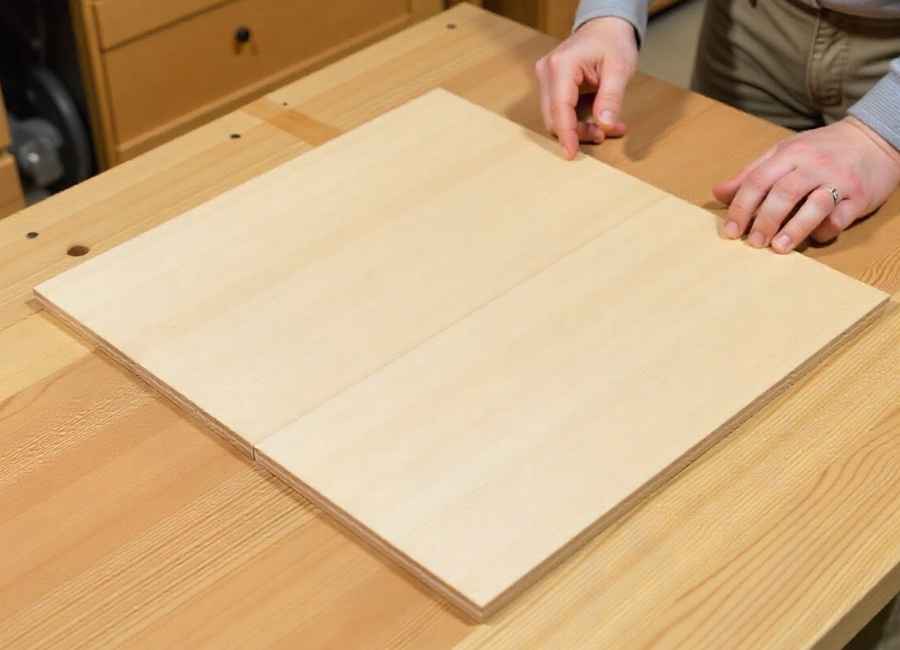
Square footage measures area in two dimensions. You might know this from home renovations or flooring projects. In woodworking, it’s mostly used for sheet materials like plywood or MDF.
To find square footage, multiply the length by the width. If you measure in inches, divide the result by 144 to get square feet, because one square foot has 144 square inches (12″ x 12″) (What Is a Board Foot? Definition & Examples, n.d.).
How to Calculate Square Feet
The formula for square footage is:
(Length in inches x Width in inches) / 144 = Square Feet
For example, if you have a piece of plywood that is 46 inches long and 11.5 inches wide:
- Calculation: (46″ x 11.5″) / 144
- Result: 529 / 144 = 3.67 square feet
When to Use Square Footage
This measurement is most common for:
- Plywood and Sheet Goods: A typical 4×8-foot sheet of plywood covers 32 square feet (4 feet x 8 feet) (Free Plywood Calculator, n.d.).
- Wall Paneling: If you’re covering a wall with barn board or other wood cladding, you’ll calculate the wall’s area in square feet to determine how much material to buy. For an 8-foot-tall by 10-foot-wide fence, you would need 80 square feet of wood. It’s also standard practice to add about 20% for waste and cuts. (How much wood would I need for waste?, 2024)
You usually don’t use square footage for dimensional lumber or live-edge slabs, since these are sold by length or volume instead.
Understanding Linear Footage
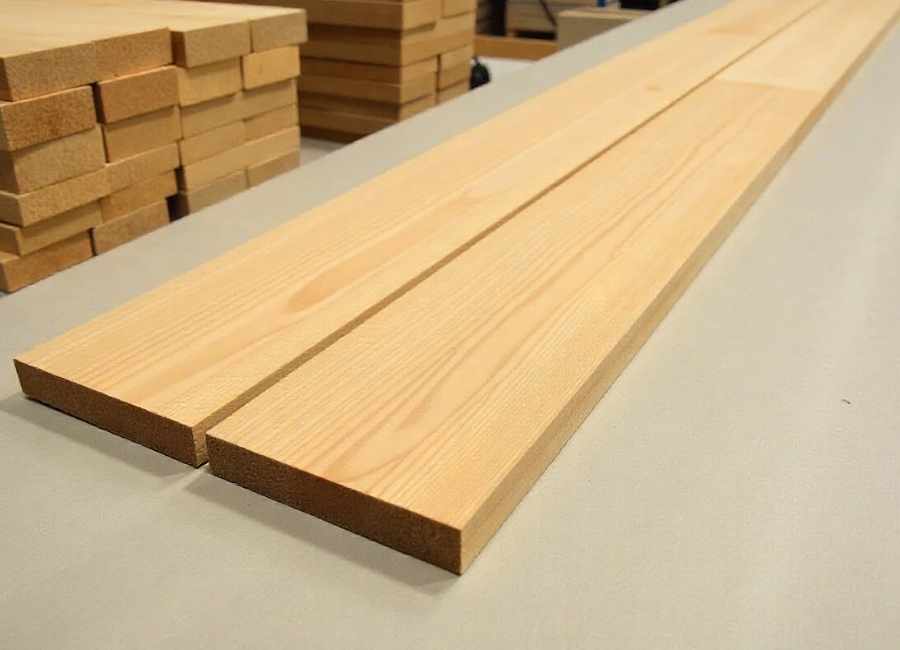
A linear foot is a one-dimensional measurement of length. When you buy wood by the linear foot, you are paying for its length, regardless of its Width or thickness. One linear foot is equal to 12 inches. (What is a Linear Foot?, n.d.)
This way of pricing is common for dimensional lumber with standard thickness and width, like trim, molding, or dressed lumber (wood planed smooth on all four sides, also called D4S).
How Linear Foot Pricing Works
The seller sets a price per linear foot. For example, if a piece of D4S white oak is priced at $10 per linear foot, an 8-foot board would cost $80 (8 ft x $10/ft).
It’s important to note that the seller has already factored the wood’s Width into the linear foot price. A wider board will have a higher linear foot cost than a narrower one of the same material because it contains more wood. (Lumber Prices, n.d.) For instance, a 1×8 board will cost more per linear foot than a 1×4 board. The calculation is done for you, simplifying the purchasing process.
Understanding Board Footage
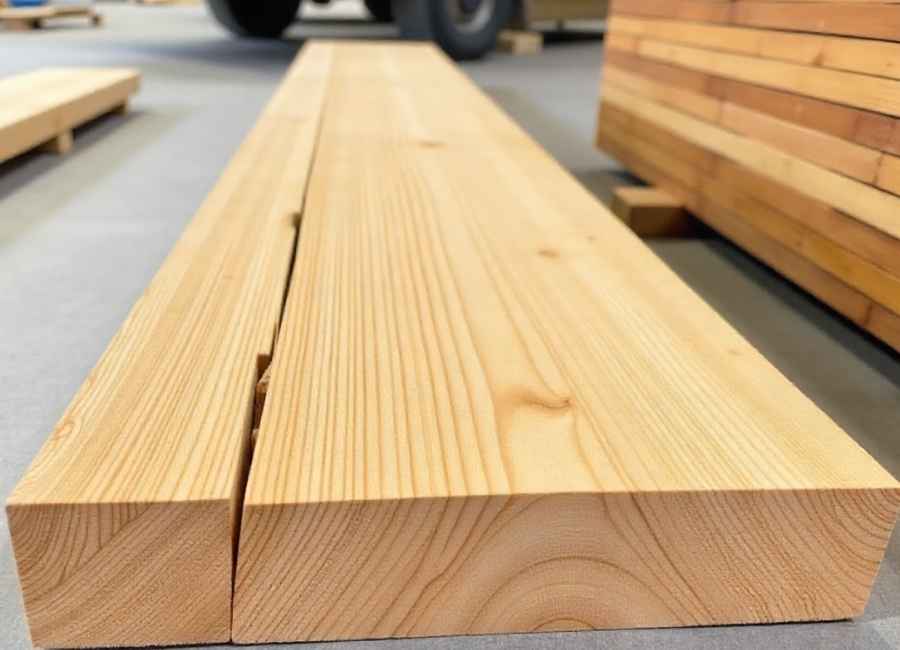
Board foot is the main unit used for rough-sawn hardwood and live-edge slabs (What is a Board Foot?, 2020). Unlike square or linear feet, a board foot measures volume.
One board foot is defined as a piece of wood that is 12 inches long, 12 inches wide, and 1 inch thick. (BOARD FOOT Definition & Meaning, n.d.) This works out to 144 cubic inches. (Common Units of Measure, n.d.) Board footage tells you the total volume of wood in a piece, which is why it’s the standard for lumber that comes in various non-standard widths and thicknesses.
How to Calculate Board Feet
The formula for board footage is:
(Length in inches x Width in inches x Thickness in inches) / 144 = Board Feet
For example, take a piece of white oak that is 23.5 inches long, 8.75 inches wide, and 1 inch thick:
- Calculation: (23.5″ x 8.75″ x 1″) / 144
- Result: 205.6 / 144 = 1.42 board feet
Lumberyards price this kind of wood by the board foot. If walnut costs $15 per board foot, just multiply your board footage by $15 to find the total price.
Calculating Board Feet for Live Edge Slabs
Live-edge slabs look great, but their uneven shape makes measuring a little trickier. Because the width changes along the board, you first need to find the average width.
Here’s the process:
- Measure the Width at three different points: typically at the top, middle, and bottom of the slab.
- Calculate the average Width: Add the three measurements together and divide by 3.
- Use the average Width in the board foot formula.
Let’s say we have a walnut slab that is 18.75 inches long and 2 inches thick. We measure the Width at three points: 13.5″, 13″, and 12″.
- Average Width: (13.5″ + 13″ + 12″) / 3 = 12.83 inches
- Board Foot Calculation: (18.75″ x 12.83″ x 2″) / 144
- Result: 481.1 / 144 = 3.34 board feet
If the price is $15 per board foot, this slab woulIf the price is $15 per board foot, this slab would cost $50.10 (3.34 x $15). inclusions, voids, or other “unusable” areas. How these are handled can vary between lumberyards. A reputable seller will not charge you for significant voids or bark that will likely be cut away.
To get a fair price, the “usable” Width should be measured. Make sure you pay a fair price, measure only the usable width. For example, if a slab has a big bark section on one side, measure just the solid wood and ignore the bark. The bark, its average Width is 11.83 inches, resulting in 2.95 board feet. At $15/bf, that’s $44.25. However, if we measure only the usable wood, the average Width might be 8.83 inches. This gives us 2.2 board feet, for a price of $33. That’s a difference of over $11 for wood you can’t even use.
Bring your own tape measure and calculator to the lumberyard. Checking the math yourself helps make sure you pay a fair price for the wood you get.
Master Your Wood Measurements
Knowing how to figure out square, linear, and board feet gives you more control as a woodworker. You can plan your projects better, set your budget, and talk clearly with lumber suppliers. Next time you shop for materials, you’ll be able to pick the right pieces and know you’re paying a fair price for your project.

